Ignition problems can range from simple fixes, like changing out worn-out spark plugs, to more serious electrical system malfunctions.
Diagnosing these problems on modern vehicles with their complex electronic systems can be challenging. however, with reliable obd2 diagnostic scanner tools, identifying and addressing these issues becomes much simpler and quicker.
As we explore how OBD2 scanners can be used to check for ignition problems, whether you are an experienced mechanic or just trying to ensure your car runs efficiently, understanding this technology will equip you to take better care of your vehicle.
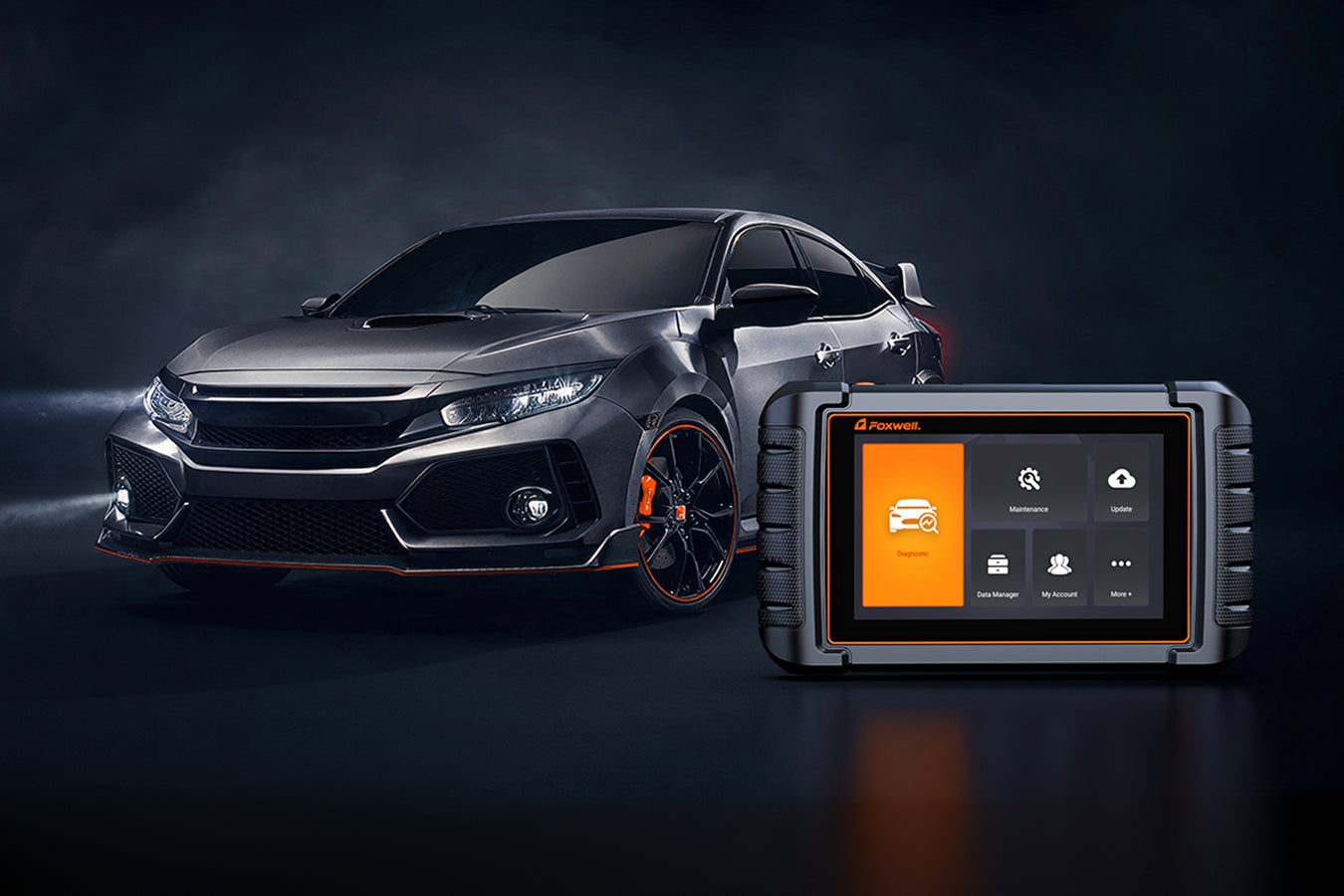
What Are Ignition Problems in Vehicles?
Ignition issues in a vehicle can manifest themselves in many different ways, the most prevalent being engine misfires, rough idling, and power decreases.
These symptoms usually stem from defects within the ignition system that ignite fuel-air mixtures within engine cylinders, often due to the failure of critical components such as spark plugs.
Common failure points within this component can include:
Spark Plugs and Wires: Over time, spark plugs may wear down or become fouled, and wires may deteriorate, leading to inefficient combustion.
Ignition Coils: A failing ignition coil could result in misfires and poor engine performance.
Distributor Cap and Rotor (in older vehicles): These components may become worn out over time, interrupting the electrical flow to the engine. If left unrepaired, their failure can result in decreased fuel economy, higher emissions, decreased performance, and potential engine damage.
How an OBD2 Scanner Can Assist
An OBD2 scanner connects directly with a vehicle's Engine Control Unit , monitoring various performance and health components in real-time. Here's how it helps in diagnosing ignition problems:
Diagnostic Trouble Codes: When the ECU detects a malfunction, it generates diagnostic trouble codes, which the scanner reads and displays. These DTCs may indicate misfires (eg. P0300 to P0304) or problems with the ignition coil (P0351).
Real-Time Data Streaming: Modern scanners like the Foxwell OBD2 Scanner offer real-time data streaming that enables monitoring engine parameters as the vehicle runs.
This gives drivers access to real-time monitoring of engine parameters, which is invaluable in diagnosing intermittent issues that do not trigger a check engine light.
With such features available onboard the Foxwell, such as real-time data streaming, it can provide real-time monitoring that identifies intermittent issues without constant check engine light illumination.
Gleichzeitig offers features of its OBD2 Scanner that make monitoring engine parameters possible: Real-Time Monitoring.
Foxwell scanner stands out with features designed to meet both novice users and veteran mechanics' needs:
Broad Compatibility: This scanner supports a comprehensive array of vehicle makes and models, making it suitable for personal or professional use.
User-Friendly Interface: Featuring an easy and intuitive user interface that guides novice users through the diagnostic process for maximum accessibility, making this an accessible tool.
Advanced Diagnostics: Foxwell scanners offer more than essential code reading; they also feature advanced functions like actuation tests, adaptation, and programming - crucial tools for comprehensive diagnosis and troubleshooting.
Step-by-Step Guide to the Foxwell NT301 OBD2 Scanner
The Foxwell NT301 scanner was designed to offer an in-depth diagnostic experience across a wide variety of vehicles.
Before getting started, many users also refer to the Foxwell NT301 manual for quick instructions on setup and basic functions. The steps below provide a clear walkthrough to help you diagnose ignition problems effectively.
Follow these step-by-step instructions on how best to utilize the Foxwell NT301 model to identify ignition problems:
Connect the Scanner:
First, locate and access your OBD2 port under your dashboard near the steering column—usually behind a cover that must be removed to reveal it—before inserting the Foxwell NT301 scanner securely into it and powering on the vehicle.
Start up your vehicle to power the NT301 scanner.this model is not equipped with its battery pack.
Initialize the Scanner: While waiting for it to power on, wait for its main menu to appear on its color screen; use its keypad to navigate menu items.
Select the Diagnostics Menu: From the main menu, use arrow keys to navigate directly to 'OBDII/EOBD' if your region supports these standards. This mode will automatically recognize and interpret any communication protocols your vehicle's ECU utilizes.
Scan for Error Codes: Once in the Diagnostic Menu, allow your scanner to access your vehicle's ECU for any stored error codes.
If there are ignition-related issues such as misfires or problems with the ignition coil, such as misfiring, it will retrieve diagnostic trouble codes.
The NT301 provides definitions and explanations for every DTC it detects on its display, helping you quickly understand any problems without needing extra resources.
View Live Data: For an in-depth analysis, navigate to the 'Live Data' menu to view real-time operational data from your vehicle's engine and other systems in real-time.
This feature is particularly beneficial when diagnosing intermittent ignition issues that don't show a DTC code.
Monitor engine RPM, voltage, and temperature to gain insight into the health of your ignition system.
Record and Analyse Data:The NT301 allows you to record data sessions for later review, making this an invaluable feature if you need to conduct extended testing or consult with professionals for further diagnosis.
Clear Codes and Reset Monitors: After diagnosing and correcting the issue, use your scanner to clear any trouble codes and reset monitors.
This will turn off the check engine light while returning system monitors to their proper states for future diagnostics.
Disconnect Scanner: Afterward, disconnecting your scanner will allow your vehicle to run as it should without interference from outside sources.
Once your diagnostics have been conducted, switch off your vehicle and disconnect the NT301 scanner from its OBD2 port.
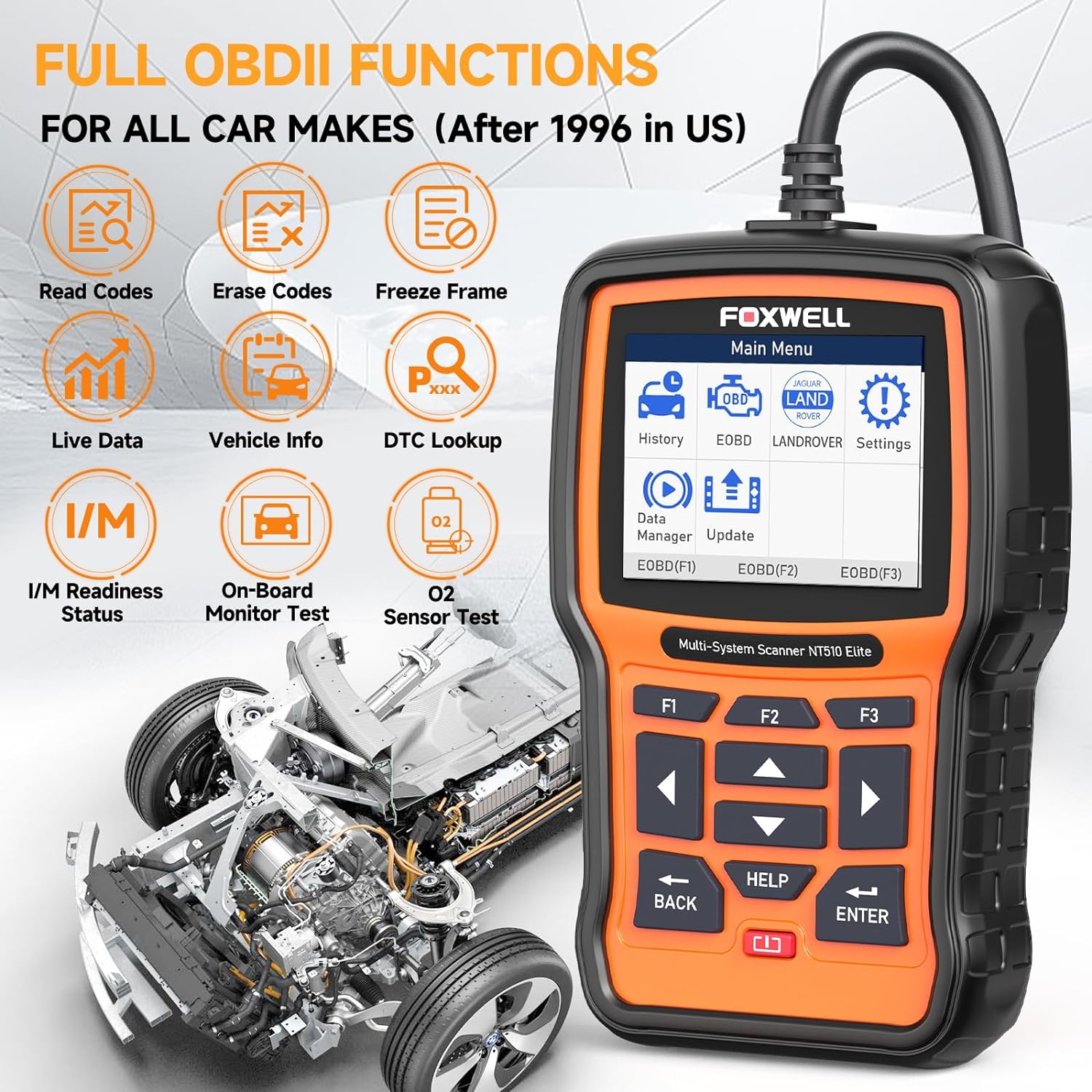
Conclusion
Timely diagnosis and repair of ignition-related problems are integral to maintaining the health and performance of any vehicle.
With the Foxwell NT301 OBD2 scanner, vehicle owners and enthusiasts can equip themselves with accurate diagnostic tools.
From simple misfires to complex electronic malfunctions, this scanner makes identification straightforward by providing diagnostic trouble codes and real-time data for clear insight.
Equipped with user-friendly features like an intuitive interface, comprehensive error code definitions, and the capability of viewing live data feeds, the NT301 model stands out as an indispensable asset in any vehicle owner's maintenance arsenal. It can quickly identify ignition problems to keep your car running efficiently.
FAQs
Can the Foxwell NT301 accurately diagnose all ignition problems?
Yes, it effectively identifies common ignition issues like misfires and malfunctioning coils.
Is the Foxwell NT301 suitable for my car?
This device supports most vehicles manufactured since 1996 in the U.S. and 2001 in Europe; check its compatibility on Foxwell's website to make sure.
How can I verify if an issue has been fully addressed with the scanner?
After repairs have been performed, use the NT301 to clear codes and reset monitors. if your car continues running smoothly with no check engine light illumination or warning messages displayed, your issue will likely be fully addressed, and your scanner will likely guarantee its resolution.


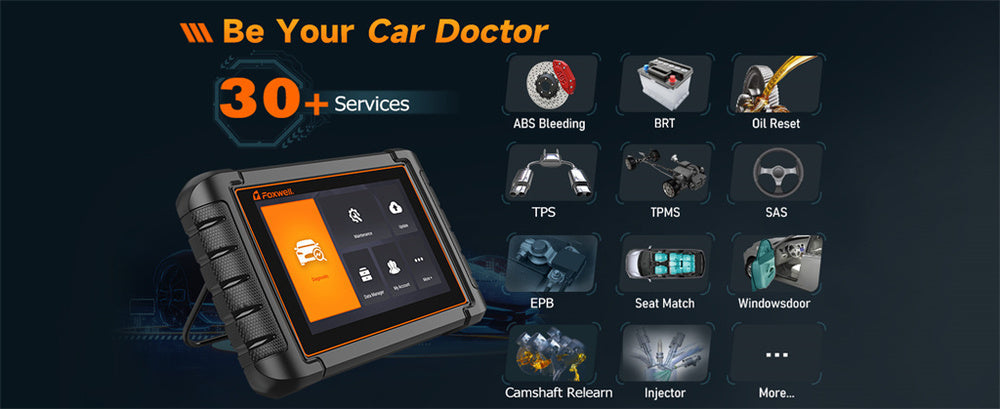
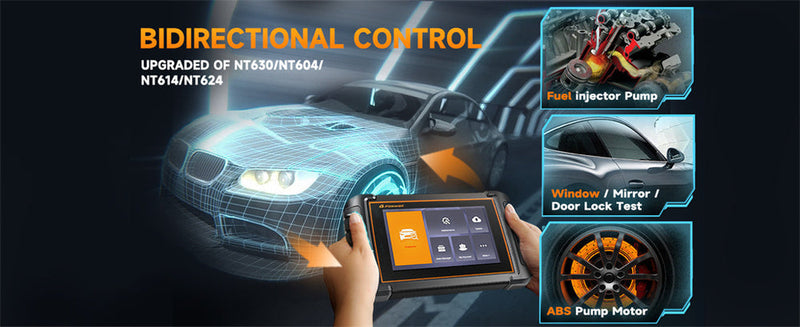
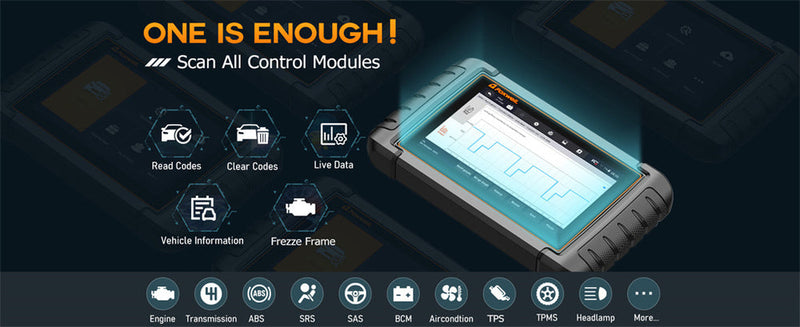
Leave a comment
This site is protected by hCaptcha and the hCaptcha Privacy Policy and Terms of Service apply.